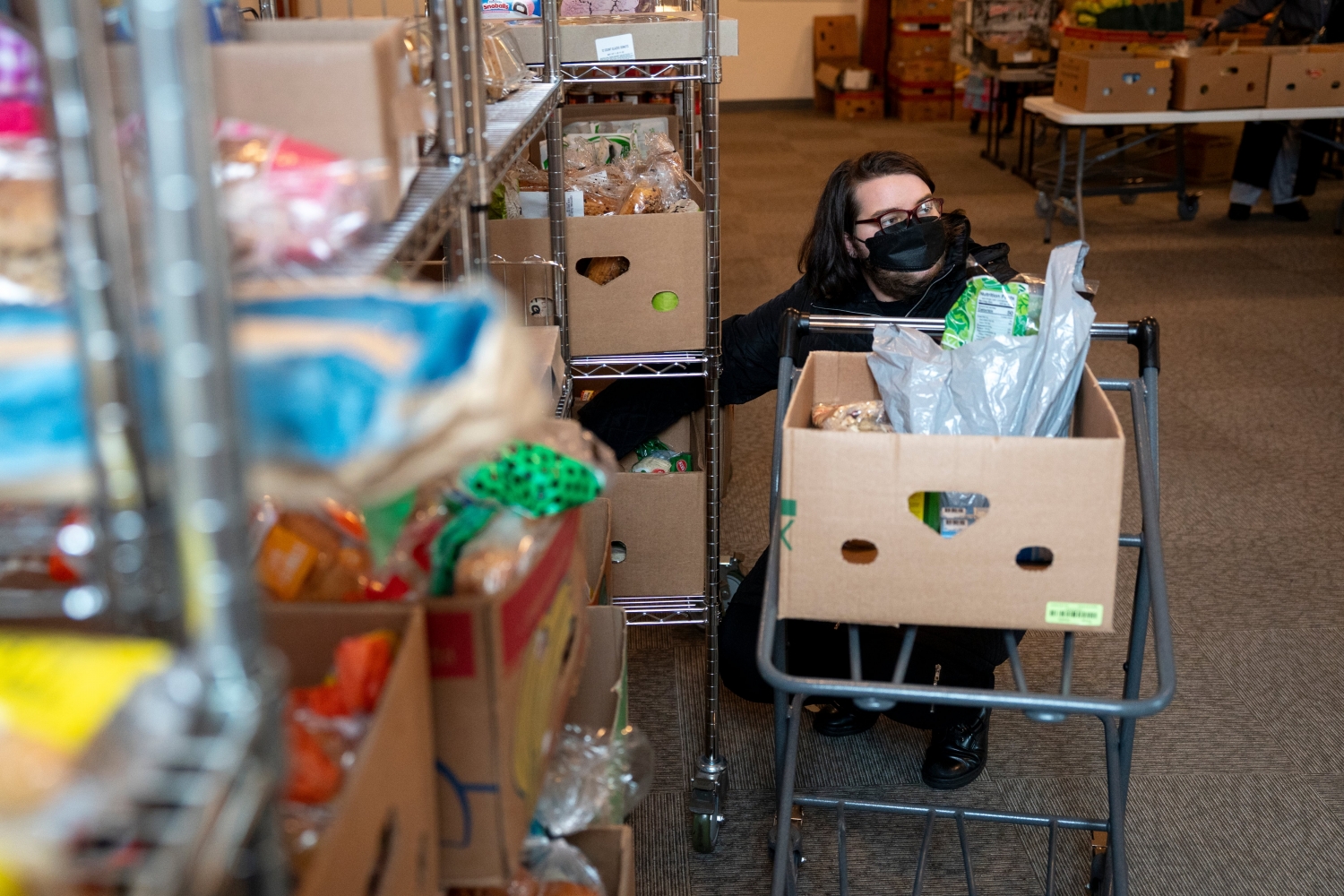

Published on: 11/18/2025
This news was posted by Oregon Today News
Description

About 1 in every 6 Oregonians gets assistance from the Supplemental Nutrition Program, also known as SNAP.
That’s one of the highest rates in the country.
Mark Edwards calls that a success story. He’s the director of the Policy Analysis Lab at Oregon State University.

“The state of Oregon has done a great job getting people signed up for this program that they are eligible for,” Edwards says. “That’s not the case in some other states.”
Still, the program has been put to the test with the recent government shutdown and an earlier fight over the federal budget. Does the SNAP program actually work as designed to help people struggling with food insecurity?
Edwards spoke with “All Things Considered” co-host Geoff Norcross on the state of the program that so many Oregonians rely on.
Geoff Norcross: The high usage of SNAP in Oregon sounds shocking, but it’s actually kind of a success story, isn’t it?
Mark Edwards: Yes, it is. The state of Oregon has done a great job getting people signed up for this program that they are eligible for. That’s not the case in some other states, but here, our Oregon Department of Human Services and a network of nonprofit organizations around the state did a great job helping people find out that they were eligible, helping them to enroll and helping them to stay enrolled.
Norcross: We have some current challenges now, though. A program called “SNAP-Ed” was axed by the president’s spending bill. This was an educational program for recipients on shopping for and cooking healthy meals. What does the ending of that program mean for Oregon?
Edwards: What that means is eliminating a program designed to help people who were struggling to put food on the table, to figure out how best to use their limited incomes and to utilize their SNAP benefits to produce healthy foods for their families. It seems like a decision that is inconsistent with the other federal goals of Making America Healthy Again.
Norcross: We also know that the last bit of federal data that you have to work with comes from last December, and the Trump administration is not going to release any data this year about SNAP recipients and the benefits they’re getting. I’m wondering what that means for our understanding of how the program is working in Oregon.
Edwards: It’s a serious challenge, particularly in trying to examine what has happened to food insecurity. We’ve had access to data that allows us to tell that story over the last 25 or so years. Now, without it, what we won’t know is what appears to be the effects of SNAP, of reductions in SNAP and that sort of thing.
Norcross: What does the whole experience that we’ve just been through, of budget fights and shutdowns — what does it say about the current state of the social safety net for the most vulnerable Oregonians?
Edwards: It seems to me that the safety net is certainly, if not under attack, under great suspicion by people in power who look at it and think that the wrong people are getting help, or they’re getting too much help. The social safety net has always been sort of this strange mix. We don’t have a safety net czar in America. We don’t have a straight-up office or cabinet post about the safety net. It’s a mixture of programs from different departments. We’ve held it together, and we held it together really well during COVID. I think we really demonstrated that it could be strong. But it now seems to be facing a lot of skepticism from the current administration, which seems to be trying to find ways to get fewer and fewer people in those programs, or to throw more and more people off.
Norcross: Knowing what you know about SNAP, if you could reassemble the program any way you wanted, how might it be different from what we have now?
Edwards: One of the obvious ones would be to reinstate SNAP-Ed. It seems to me that that was a huge loss because of the benefits that it could produce for helping people to make the most of that program.
Of course, I always wish that the benefit levels were higher, and that the experience of participating in SNAP wouldn’t be so onerous in terms of filling out the forms and always proving that you are still worthy of receiving it.
It seems to me that some of the new work requirements and documentation requirements run the risk of producing a kind of churn that is going to have people who are totally eligible get dropped from the program because of not having just the right document at the right time.
News Source : https://www.opb.org/article/2025/11/18/bugdet-fights-federal-shutdown-stressed-oregon-snap-program/
Other Related News
11/18/2025
Oregon Democrats have agreed to backfill 75 million in lost Planned Parenthood dollars mon...
11/18/2025
The advisory was for Oregon Lower Treasure ValleyVisibility is improving across much of th...
11/18/2025
Zach surprised Isabelle with a ring at Regions Hospital where both arrived by ambulance in...
11/18/2025
Need a last-minute ingredient for your feast Heres what stores will keep their doors open ...
11/18/2025







